What different food products are produced from pig farming
What different food products are produced from pig farming? In most of Europe, the most common method of raising animals is pig farming. Due to their significance as important nutrient sources, the examined data may be helpful in encouraging the consumption of pork byproducts and contributing to the sustainability of food production. The production of edible pork byproducts may account for about 6.7% of the weight of the pig carcass.
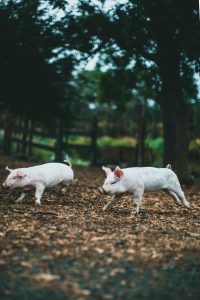

Blood, bones, hides, skin, lard, pig trotters, internal organs, and chitterlings (the small intestine of a pig) are the most important pork byproducts. About 15 million tons of rendering are processed in the European Union to make high-quality fats and proteins. Food, feed, pet food, medicine, and pharmaceuticals are just a few of the applications for these byproducts.
Due to their benefits, pork byproducts are utilized in numerous industries today. Products derived from blood are utilized in diagnostics, biotechnology, agriculture (as fertilizers), cosmetics, agriculture (as a gelling and foaming agent), and biotechnology.
Bacon, sausage, and pork chops are just a few of the many types of pork that people consume. In the summer, you could grill Christmas ham or pork ribs. 150 pounds of pork are produced from a 250-pound market hog. Swine produce a variety of valuable products in addition to pork. Insulin is used to control diabetes, valves are used in heart surgery, suede is used to make shoes and clothes, and gelatin is used in food and non-food applications.
From swine by-products, water filters, insulation, rubber, antifreeze, some plastics, floor waxes, crayons, chalk, adhesives, and fertilizer are all made. The fat that is used in shaving creams, soaps, makeup, baked goods, and other foods is called lard, and it comes from the abdomens of pigs.
Alternatives to so-called “conventional” farms are being developed in this context and in conjunction with the expanding markets for pork raised in more “natural” conditions or in accordance with “organic farming” specifications. This section uses the term “alternative” to describe any farming method that is different from the most common modern structures. For example, not all pigs are raised in closed buildings with slatted or concrete floors.
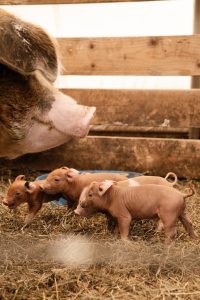

There are numerous production methods, the majority of which place a greater emphasis on quality and animal welfare than traditional farming does. There are litter-based and free-range systems. A method for raising pigs outdoors that lets them interact with the ground and growing plants is known as outdoor pig production. This strategy has been quickly adopted in other parts of the world, including parts of Europe, South Africa, and North America.
For instance, more than 60% of Uruguay’s pigs were kept outside in 2007. There can be as few as ten sows as many as ten thousand pigs in these systems; Some or all of the pigs on a farm may be housed in slats or bedding, while others may be allowed outside. Last but not least, certain farms may restrict outside access to a yard. Because not all pigs on a given farm are raised in bedding, there is a wide variety of bedding housing options. Additionally, a wide variety of litters, such as straw, sawdust, hay, and others, are utilized.
Despite their development, farmers do not currently find alternative breeding methods particularly appealing; For instance, only 5% of French farms raise pigs using litter. There are few numerical data on alternative breeding systems. For instance, data on the number of animals worldwide raised in accordance with “organic farming” standards is incomplete and does not present a complete picture of this industry at the present time for organic livestock farming, which does not include all alternative livestock farms.
However, the data we have at our disposal indicates that 9 million organic pigs are produced annually in Europe, with a 46 percent increase between 2007 and 2015. However, organic pig production only accounted for 0.5% of European pig production in 2015. Again, organic farming methods vary greatly from country to country. In Italy, Sweden, and France, sows are raised outdoors at all physiological stages, while many organic pigs are kept indoors in Germany and Austria.
On the same farm, as in Denmark and France, early gestation sows may be housed indoors and late gestation sows outdoors. Italy stands out from other nations because it uses local breeds on smaller farms. The various environmentally friendly pig farming practices have also been referred to as the treasure project.



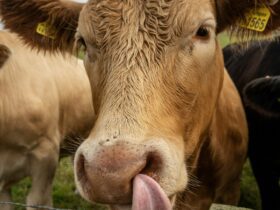
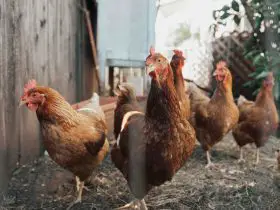
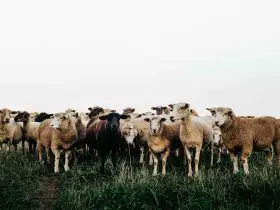
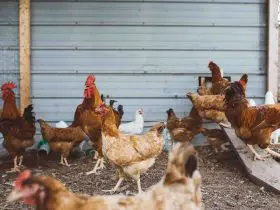
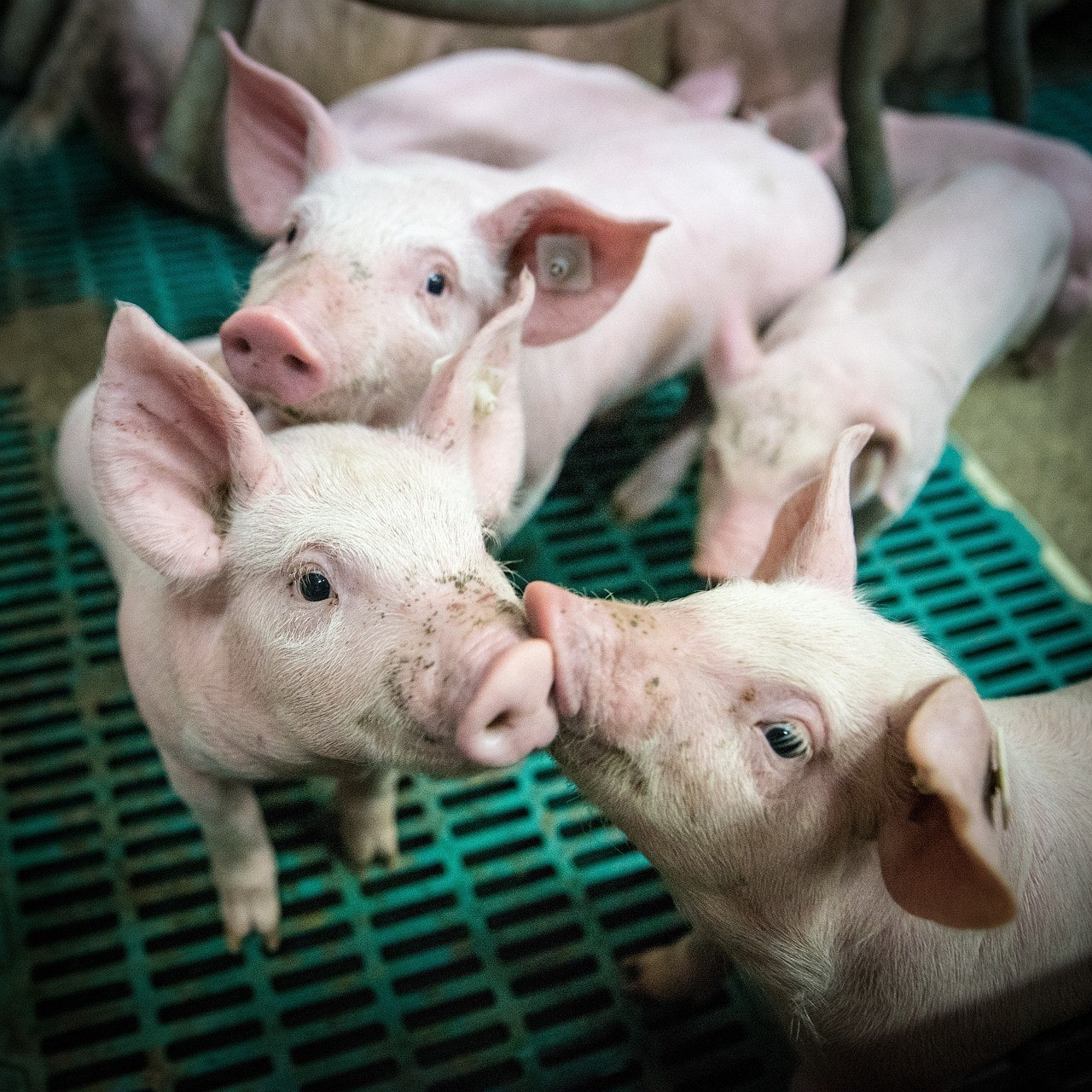
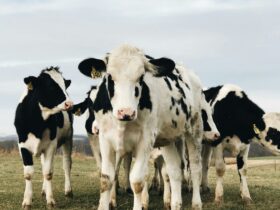
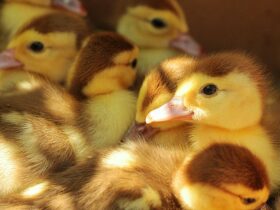
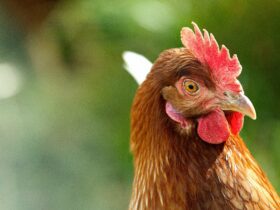
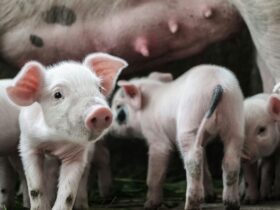

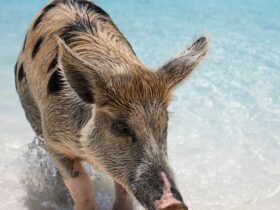
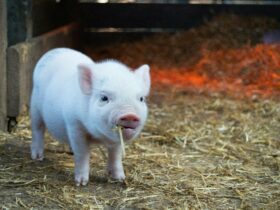

Hello!! Welcome to Anim Farm